Reptiles, often perceived as simple creatures requiring minimal care, are actually complex animals with distinct cognitive needs. While they may not display their mental processes in ways as obvious as mammals, reptiles benefit tremendously from environmental enrichment and mental stimulation. A bored reptile can develop stress behaviors, health issues, and a diminished quality of life. Providing proper mental stimulation isn’t just about entertainment—it’s an essential aspect of responsible reptile ownership that promotes natural behaviors, enhances their well-being, and creates a stronger bond between you and your cold-blooded companion. This article explores various approaches to keeping your reptilian friend mentally engaged and thriving in captivity.
Understanding Reptile Intelligence
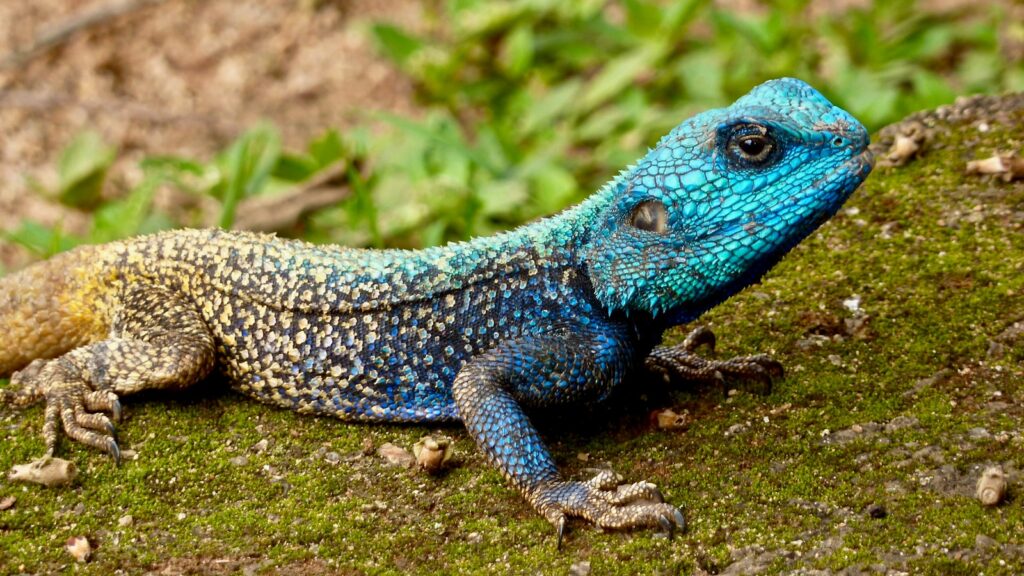
Reptiles possess more cognitive ability than they’re traditionally given credit for, with recent research revealing surprising insights into their intelligence. Species like monitors and tegus have demonstrated problem-solving skills, spatial memory, and even recognition of their caretakers. Bearded dragons have shown social learning capabilities, where they can learn behaviors by watching others of their kind. While a reptile’s brain structure differs significantly from mammals, they process information in ways adapted to their evolutionary needs and environmental challenges. Understanding your specific reptile’s cognitive abilities helps tailor enrichment activities that will be both challenging and rewarding for them.
The Importance of Environmental Enrichment
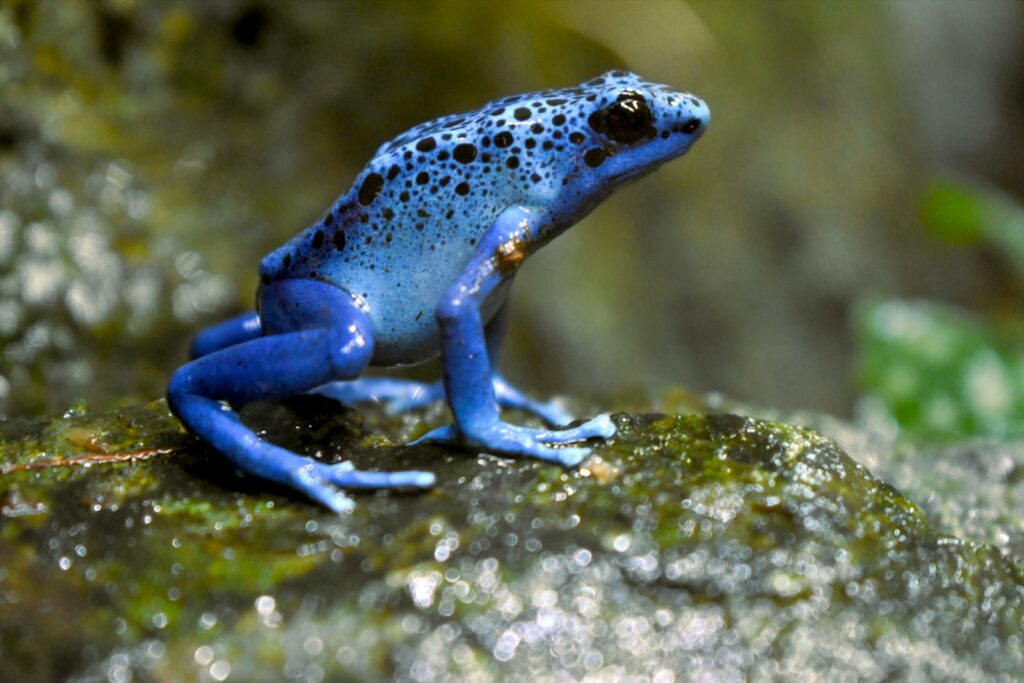
Environmental enrichment refers to modifications that improve a captive animal’s habitat by providing stimuli that encourage natural behaviors. For reptiles, this plays a crucial role in preventing stereotypic behaviors—repetitive, seemingly purposeless movements that indicate stress or boredom. Proper enrichment can lead to increased activity levels, improved physical health, and reduced aggressive behaviors. A study published in the Journal of Applied Animal Welfare Science found that reptiles provided with enriched environments showed lower stress hormone levels and displayed more diverse behavioral repertoires. Environmental enrichment ultimately creates a more mentally healthy reptile by allowing them to engage with their surroundings in ways that simulate their natural habitats.
Creating a Naturalistic Habitat

One of the most fundamental ways to stimulate your reptile’s mind is by creating an enclosure that mimics its natural environment. Incorporate varied substrates that allow for digging, burrowing, or nesting behaviors, depending on your species’ natural inclinations. Add multiple levels, branches, rocks, and safe plants to create a three-dimensional space that encourages climbing and exploration. For semi-aquatic species, include both land and water areas that allow for swimming and soaking behaviors. The more closely your pet’s enclosure resembles its native habitat, the more it will engage in natural behaviors that keep its mind active and healthy, promoting both physical activity and mental stimulation.
Rotating Enclosure Elements
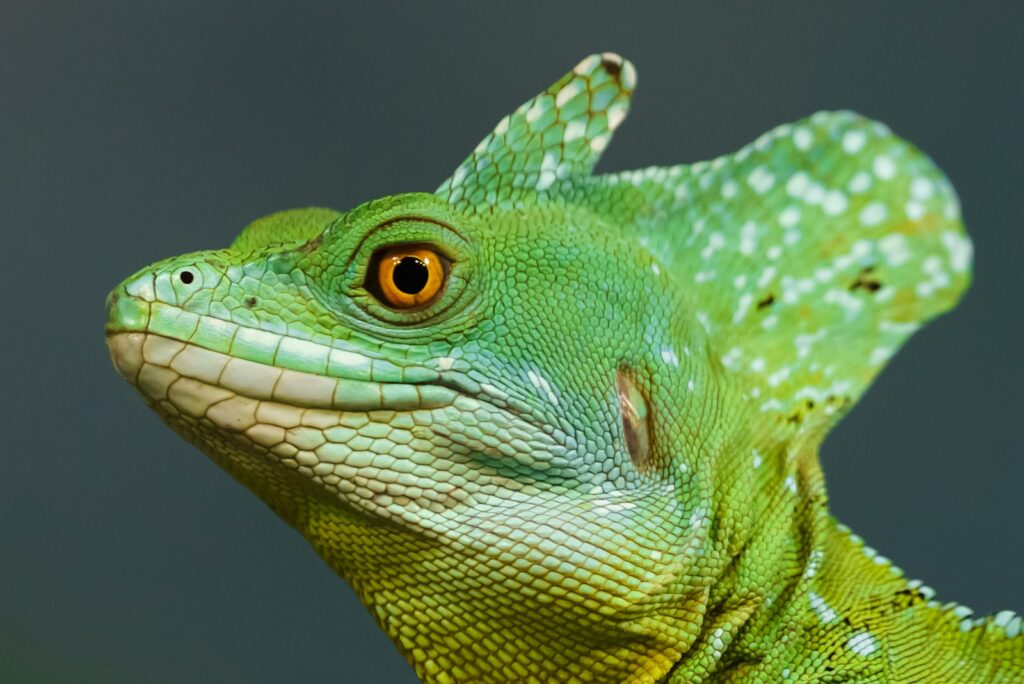
Even the most naturalistic setup can become mundane for a captive reptile if it never changes. Implementing a rotation system for various enclosure elements helps prevent habituation and maintains curiosity. Every few weeks, consider rearranging climbing structures, rocks, or hiding spots to create a “new” environment for exploration. Introduce seasonal elements that reflect natural cycles, such as leaf litter during fall months or different flowering plants during spring. For aquatic or semi-aquatic species, changing the arrangement of underwater features can stimulate investigation of the altered environment. This practice of rotation keeps the habitat novel and interesting without causing undue stress from complete environment changes.
Food Puzzle Enrichment
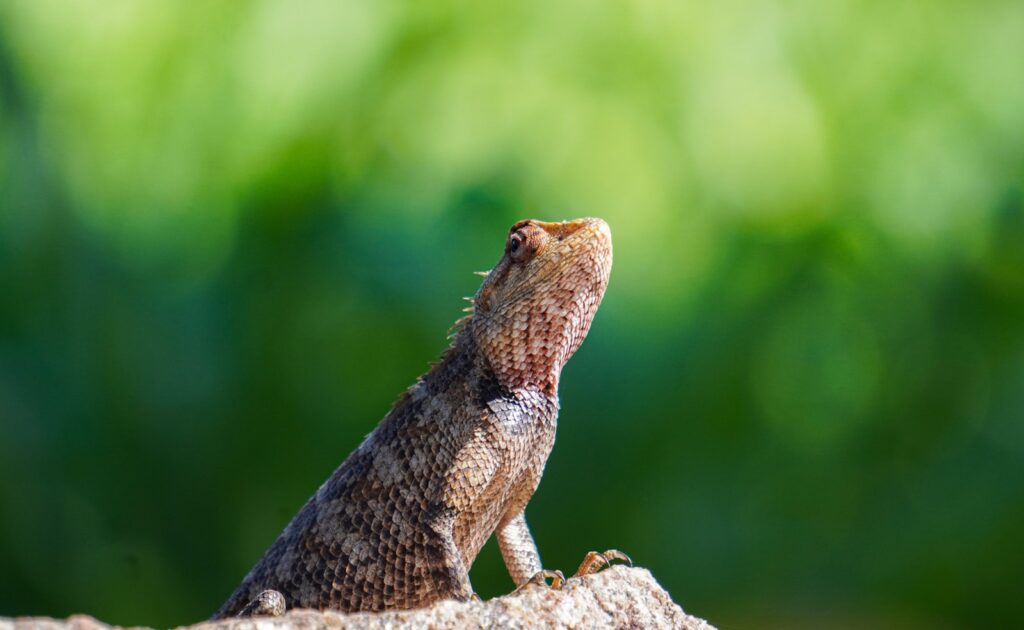
Food puzzles transform mealtime from a passive experience into an engaging activity that stimulates problem-solving behaviors. For insectivores, place live feeder insects in puzzle toys specifically designed for reptiles, requiring your pet to work to access their meal. Herbivorous reptiles benefit from having their vegetables and fruits hidden in specially designed feeding devices or scattered throughout the enclosure to encourage foraging. Carnivorous species can have their food presented in ways that require manipulation, such as whole prey items partially hidden under safe objects. These feeding enrichment techniques not only provide mental stimulation but also slow down consumption, which can aid digestion and prevent obesity in captive reptiles.
Target Training and Operant Conditioning
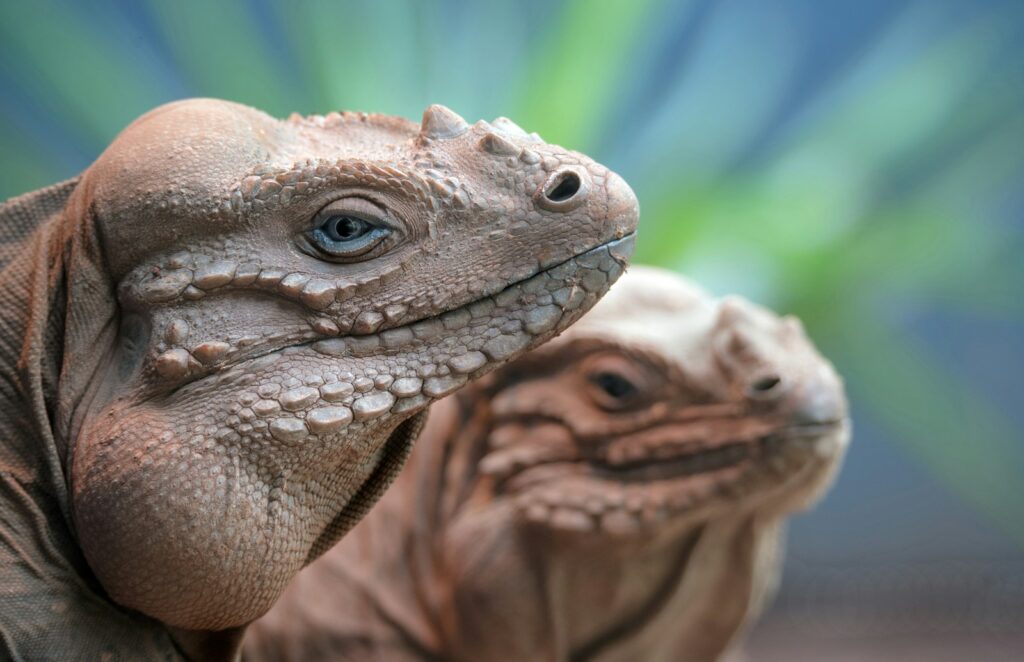
Many reptile species have demonstrated impressive learning capabilities through operant conditioning, where behaviors are reinforced with rewards. Target training—teaching your reptile to touch a specific object like a ball on a stick—is particularly effective for species like monitors, tegus, and bearded dragons. This training method creates mental challenges and builds a positive association with human interaction. Start with simple targets and rewards of favorite foods, gradually increasing the complexity of the behaviors requested. Through consistent sessions, some reptiles can learn to follow targets, come when called, or even perform simple tricks. Beyond the mental stimulation, this training strengthens the bond between reptile and owner while providing invaluable behavioral tools for handling and veterinary care.
Sensory Enrichment Techniques
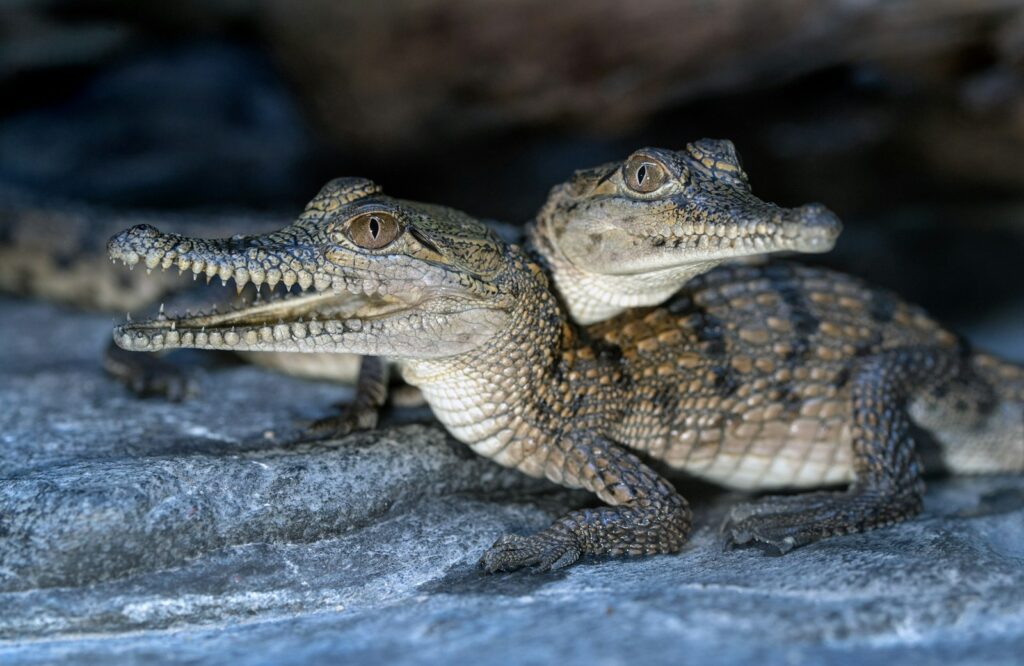
Reptiles primarily rely on vision, smell, and to some extent, hearing for understanding their environment, making sensory enrichment particularly valuable. Introduce new scents by occasionally placing safe, non-toxic plants or herbs that wouldn’t be found in their natural habitat but provide olfactory stimulation. For visual enrichment, some keepers place mirrors outside the enclosure for short periods, though this should be monitored as some reptiles may become stressed by their reflection. Play nature sounds or subtle vibrations that mimic those found in their native habitats, particularly for species that respond to substrate vibrations. These sensory experiences should be introduced gradually and monitored carefully to ensure they’re enriching rather than stressful for your particular reptile.
Social Interaction as Enrichment
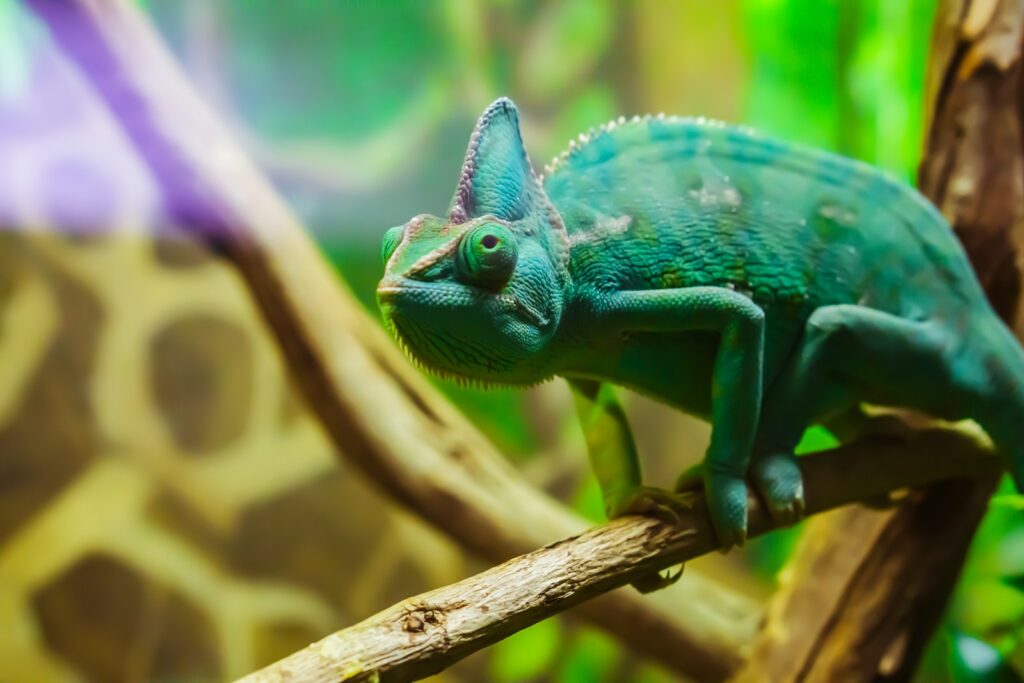
While many reptiles are solitary by nature, appropriate social interaction can serve as valuable mental stimulation. For naturally social species like certain skinks or day geckos, safe companionship from conspecifics (same species) can provide behavioral enrichment, though this requires appropriate space and careful introduction. For solitary species, limited human interaction through gentle handling or observation time outside their enclosure offers novel experiences. It’s crucial to understand your specific reptile’s tolerance for handling—some species benefit from regular, gentle handling sessions, while others find it stressful and should primarily be observed. Always respect your reptile’s body language and never force interaction, as negative experiences can create lasting stress and diminish trust.
Novel Object Introduction
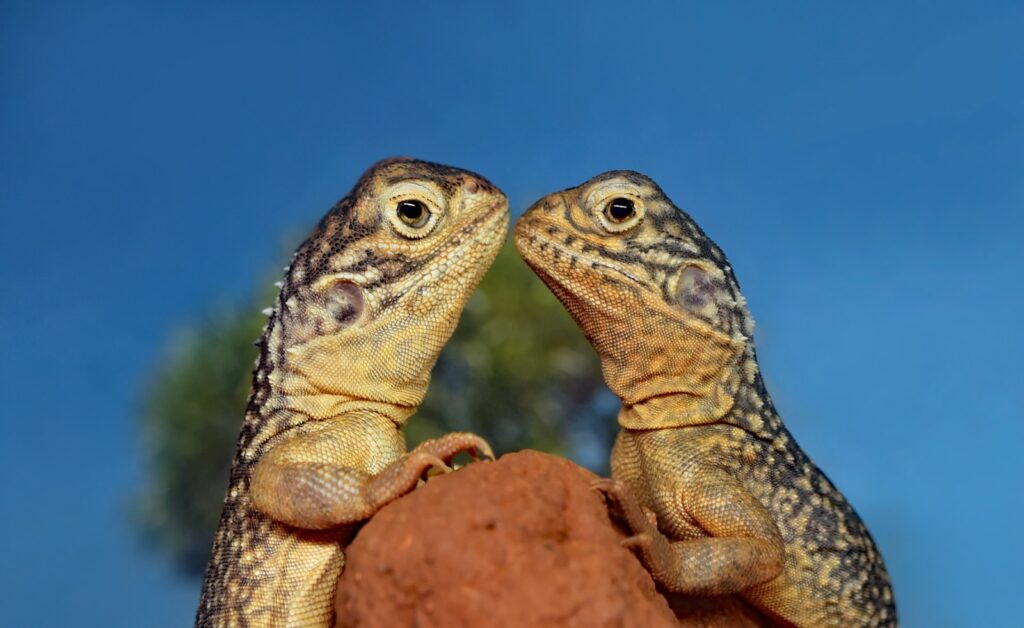
Periodically introducing safe, novel objects into your reptile’s environment stimulates exploratory behaviors and prevents habitat monotony. Choose items with different textures, shapes, and sizes that are non-toxic and cannot be ingested, such as reptile-safe plastic toys, ceramic structures, or natural items like new branches or stones (properly sanitized). Monitor your reptile’s reaction to new objects—curiosity and investigation indicate positive enrichment, while avoidance or stress behaviors suggest the item should be removed. Some keepers maintain a “toy box” of safe objects that can be rotated through the habitat every few weeks, providing ongoing novelty without requiring constant purchases. This practice mimics the changing elements reptiles would encounter in their natural environments.
Temperature Gradient Exploration

Creating complex temperature and lighting gradients does more than meet basic physiological needs—it encourages decision-making and environmental interaction. Establish multiple basking spots of varying temperatures throughout the enclosure, compelling your reptile to move and select optimal conditions throughout the day. Incorporate UVB lighting that varies in intensity across the habitat, simulating the dappled light effect found in natural environments. For some species, implementing subtle seasonal temperature variations (within safe parameters) can stimulate breeding behaviors or natural activity cycles. This approach to thermal enrichment encourages your reptile to actively thermoregulate rather than remain stationary, promoting both physical activity and environmental awareness.
Supervised Exploration Outside the Enclosure
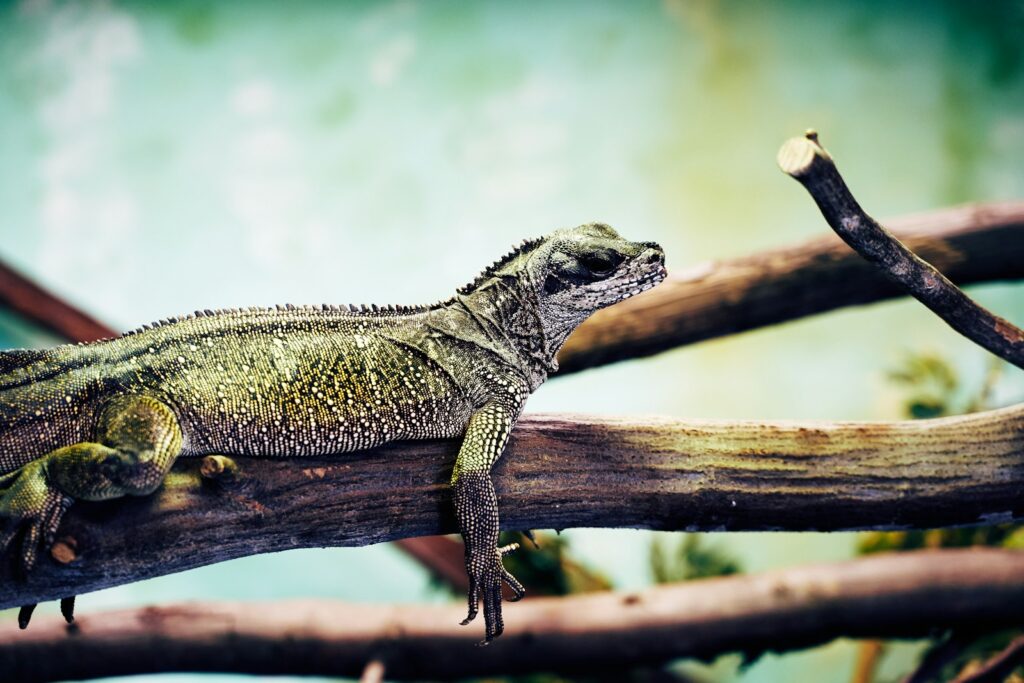
Allowing your reptile to safely explore outside its enclosure provides valuable enrichment through novel sensory experiences and expanded territory. Create a reptile-proof area free from hazards, escape routes, or toxic substances where your pet can explore different textures, elevations, and environments. This exploration time should always be closely supervised and limited to appropriate durations based on your reptile’s stress tolerance and environmental needs. For aquatic species, supervised swim time in a larger container can provide similar benefits. Remember that some reptiles may find extended time outside their secure territory stressful, so always monitor body language and return them to their enclosure at the first signs of stress or discomfort.
Enrichment for Different Reptile Groups

Enrichment needs vary significantly across reptile taxa based on their evolutionary history and natural behaviors. Arboreal species like chameleons and certain geckos benefit from complex branching systems that allow climbing and perching at various heights. Terrestrial species such as tortoises and bearded dragons appreciate diverse substrate areas that allow for digging, along with objects to climb over or investigate. Fossorial reptiles like sand boas require deep substrate for burrowing behaviors that are crucial to their psychological well-being. Aquatic turtles benefit from varied swimming depths, floating objects, and underwater structures to investigate. Always research your specific species’ natural history to provide enrichment that aligns with their evolutionary adaptations and behavioral needs.
Monitoring Enrichment Effectiveness
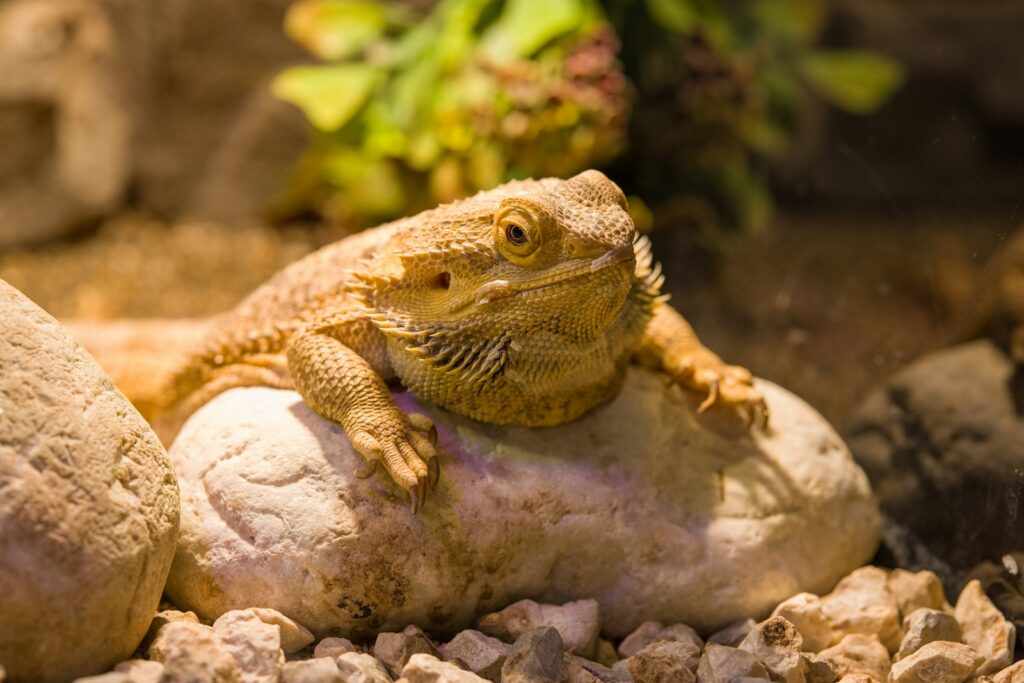
Assessing whether your enrichment efforts are beneficial requires careful observation of your reptile’s behavior and health indicators. Positive signs include increased activity levels, exploration behaviors, healthy appetite, and reduced stress displays like glass surfing or excessive hiding. Keep a log of introduced enrichment activities and your pet’s responses to identify preferences and avoid ineffective or stressful options. Regular weight checks and physical examinations help ensure enrichment is contributing positively to physical health rather than causing stress-related weight loss or injury. Remember that effectiveness varies greatly between individuals—what stimulates one reptile might stress another, even of the same species, making personalized observation crucial to successful enrichment.
Conclusion
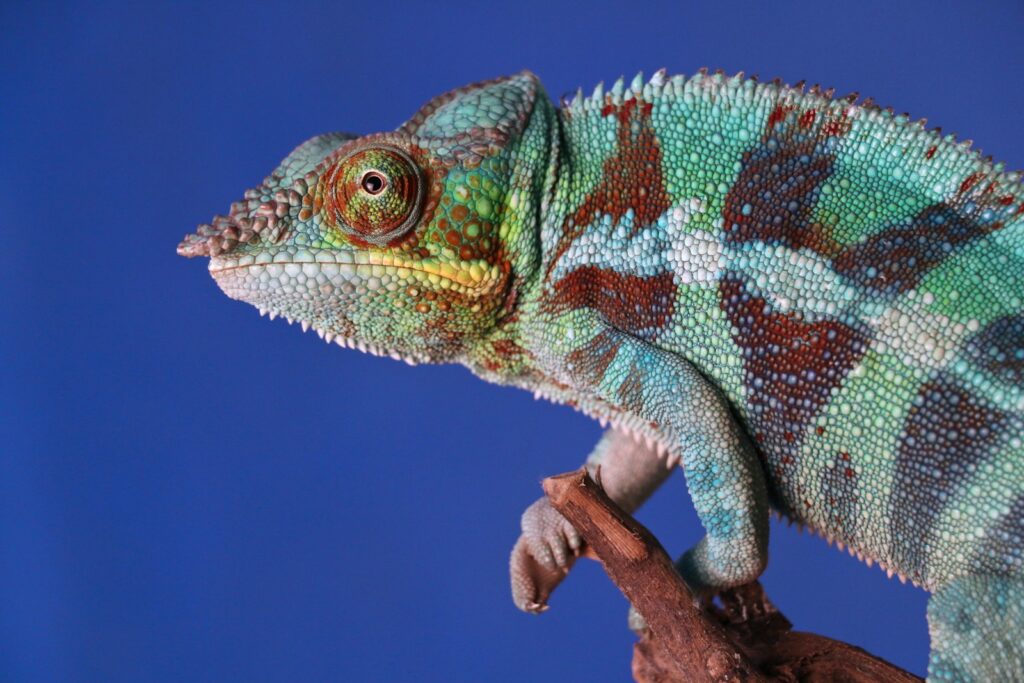
Mental stimulation for reptiles isn’t just an optional enhancement to their care—it’s a fundamental requirement for their psychological and physical health in captivity. By understanding your specific reptile’s natural behaviors and cognitive abilities, you can create an enriching environment that challenges their mind while satisfying their evolutionary needs. From naturalistic habitats and feeding puzzles to training sessions and sensory experiences, the variety of enrichment options allows for customization based on species, individual preferences, and practical constraints. With thoughtful implementation and observation, these enrichment strategies can transform your reptile’s life from mere survival in captivity to genuine thriving, resulting in a healthier, more active pet with natural behaviors on display. The effort invested in mental stimulation not only improves your reptile’s quality of life but also deepens the fascinating bond between keeper and reptile.









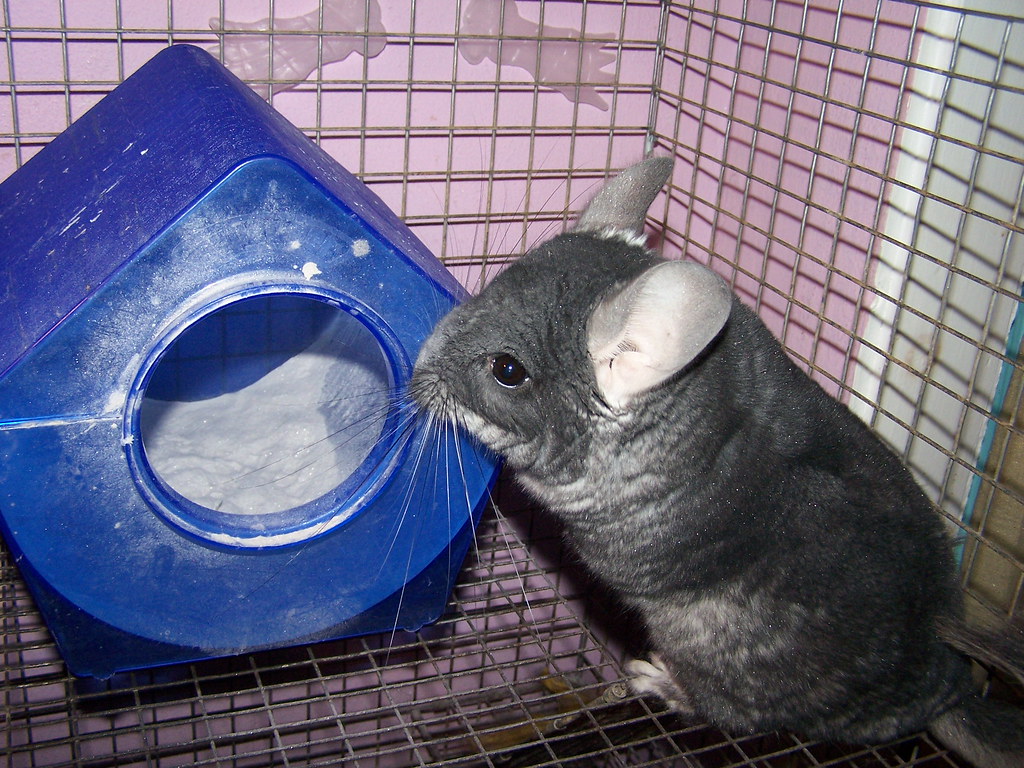

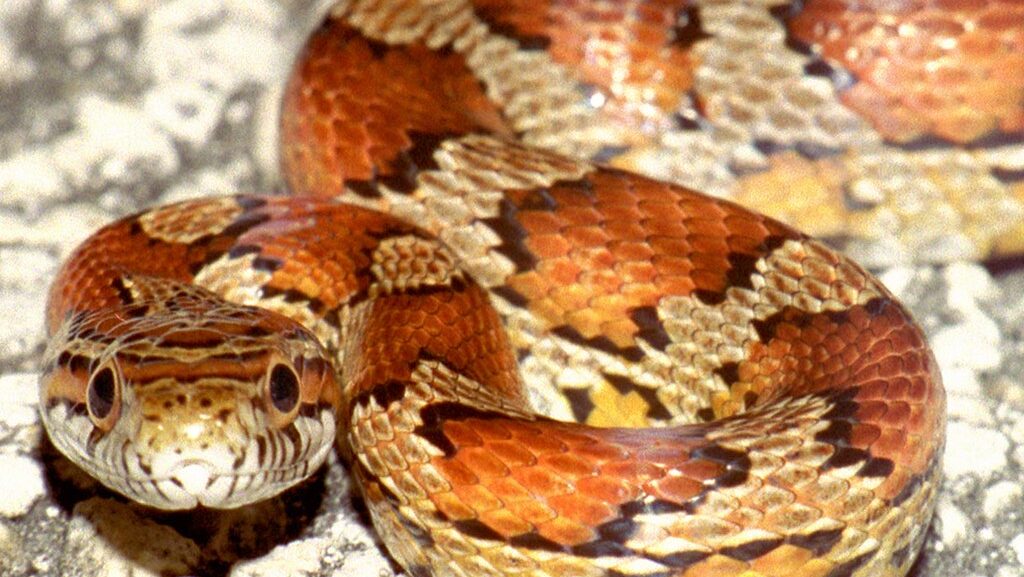




Leave a Reply